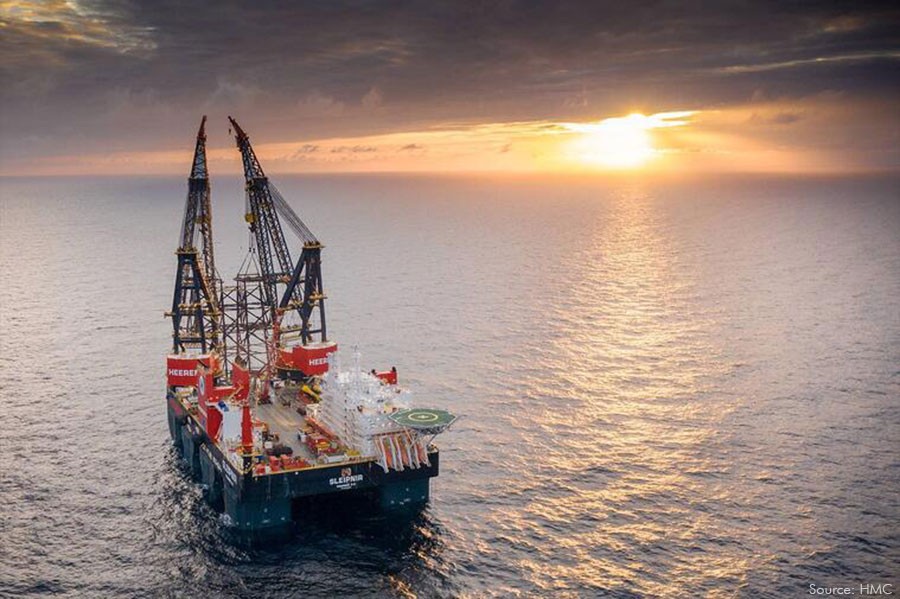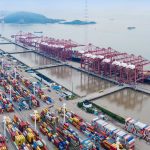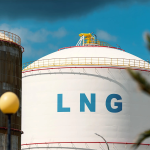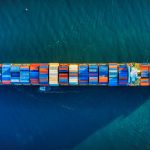Dutch offshore contractor Heerema Marine Contractors and its Sleipnir vessel have been selected by Inpex as a contractor of choice for the transport of the 4,800 metric ton Ichthys LNG Booster Compression Module (BCM) from Indonesia to Australia and its installation.
Heerema’s Sleipnir vessel will install the module on the Ichthys Explorer Central Processing Facility (CPF), located off the northwest coast of Western Australia, as part of the Ichthys LNG phase 2 development.
This project adds to Heerema’s long record of working in Australian waters, which also includes previous work supporting Ichthys LNG. In 2020, Aegir was in Australia installing Woodside’s Pluto Alpha module.
Heerema will transport the BCM from the fabrication yard on Batam Island in Indonesia to the Ichthys field before installing it in a single lift. The module will be used to extend the production plateau of the field.
To remind, after completing FEED services for the booster compression module, McDermott was hired in November 2021 for an engineering, procurement and construction (EPC) part of the project as well.
The work was executed from McDermott’s Engineering Centers of Excellence in Perth, Kuala Lumpur and Chennai. Fabrication will be completed at McDermott’s yard in Batam.
Located about 220 kilometres offshore Western Australia and 820 kilometres southwest of Darwin, the Ichthys field covers an area of around 800 square kilometres in water averaging depths of around 250 metres. The field is estimated to contain more than 12 trillion cubic feet of gas and 500 million barrels of condensate.
Sleipnir goes Down Under
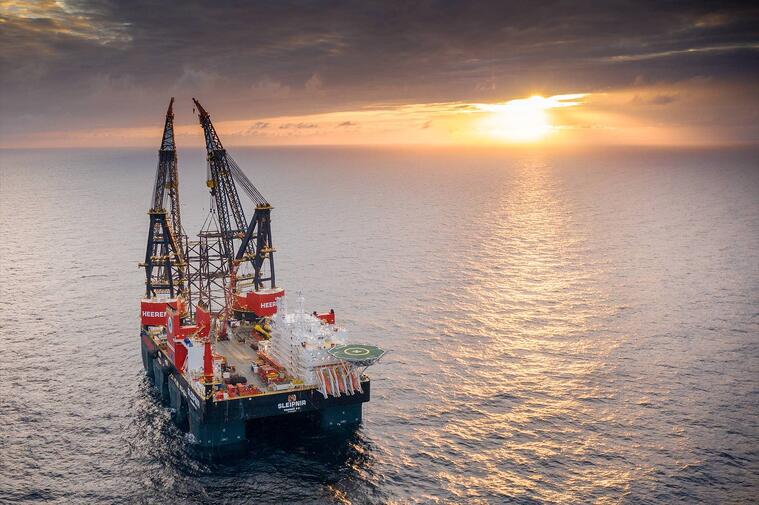
Heerema said it will be utilizing its Sleipnir vessel for both the transport and installation of the module. According to its owner, the vessel has a wide range of sustainability measures, including the use of emission-reducing LNG, which means the vessel produces 90 per cent less NOx, 99 per cent less SOx, and 25 per cent less CO2 compared to running on marine gas oil.
The vessel has a 20,000 metric ton lifting capacity; therefore, it is possible to optimize the BCM’s design due to the vessel’s ability to install the structure in a single lift. This action reduces the time required for platform shutdown, offshore installation, and hook-up duration. This way efficiency is increased and project risk is minimized, Heerema concluded.
Source: Offshore Energy

